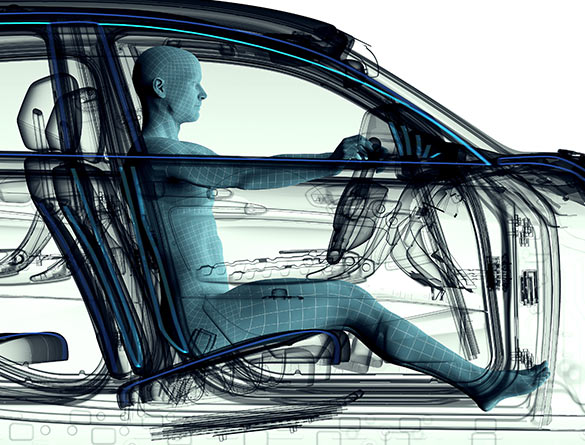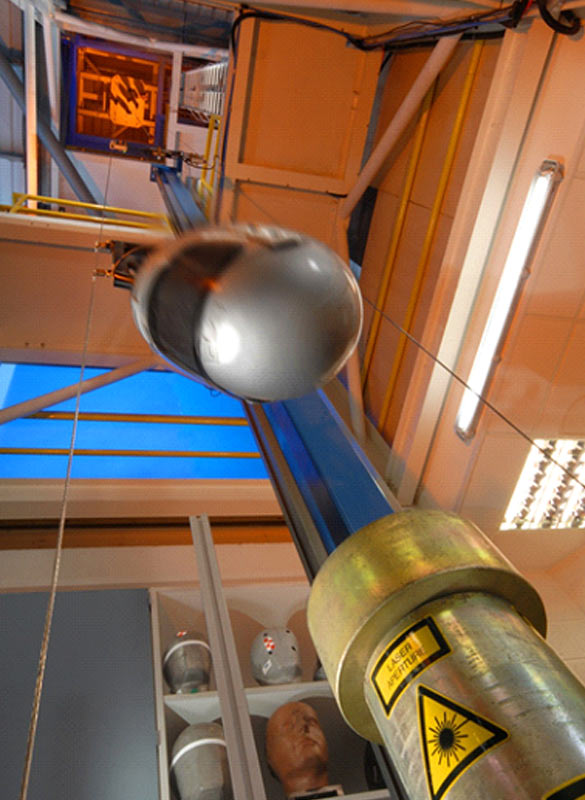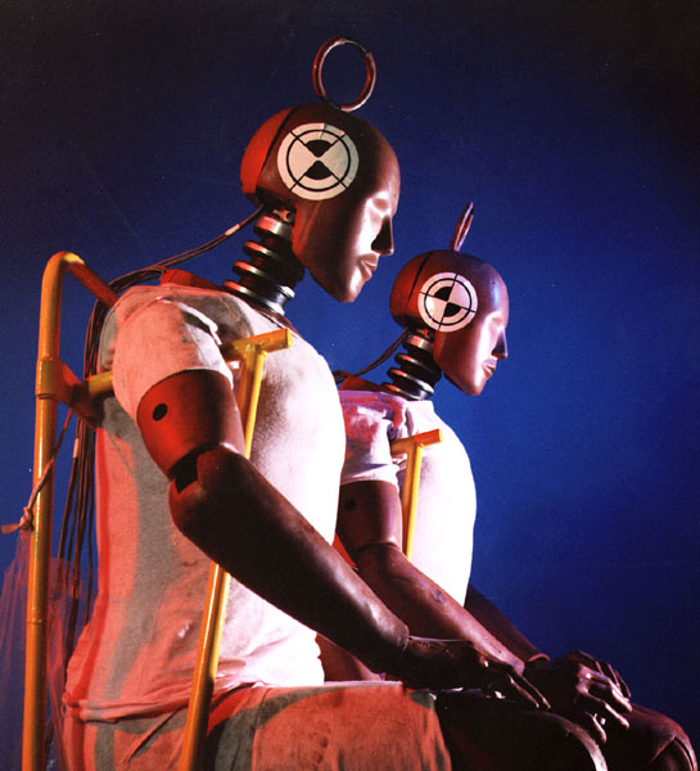Our experts have wide-ranging experience in the analysis of injury data, from development of crash test dummies and computer simulations of the body, through to real-world analysis of human injuries following collisions and other injurious events.
At TRL we can examine the dynamics of accidents, how the occupants move with respect to vehicles, and the effects of forces on the body. We can relate diagnoses from medical records to analyses of body kinematics and kinetics. We can also evaluate passive and active restraint systems and determine if they could have mitigated or contributed to the severity of injuries.
Our team can identify seating positions for individual occupants and assist in resolving matters of contributory negligence due to failure to wear a protective device, or wearing one incorrectly. We can also discuss the nature of an impact based on the injuries sustained.
“We can look in detail at the individual circumstances of an incident and assess the likelihood of injuries occurring”
Our team can use the methods of injury causation analysis to examine the dynamics of many different incident types and provide advice on the following areas:
- Seatbelt usage
- Helmet usage
- Rollovers and vehicle ejections
- Low velocity impacts
- Pedestrian injuries
- Child seats
- Falls from height
- Industrial accidents
With respect to seatbelt usage, we can conduct a detailed investigation to determine:
- If the seatbelt was in use at the time of the incident
- If the seatbelt was being used appropriately
- If the use or lack of use of a seatbelt contributed to the causation of injuries, or the severity of those injuries
With respect to cycle and motorcycle helmets, we can look in detail at the individual circumstances of an incident and provide advice on aspects such as:
- The positional stability and movement of a helmet during an incident
- The level of forces experienced during the collision and subsequent ground contact
- Whether those forces would have been within the protective scope of the relevant helmet Standard or Regulation
- Whether a helmet might have become dislodged
In low velocity impacts we can:
- Relate the damage to the vehicle, to a range of changes in speed
- Explain and quantify the types of occupant motion that would result from such changes of speed
- Review medical records
- Relate the type, location and severity of an injury to peer-reviewed literature
- Determine if the injuries are consistent with the dynamics of the collision
In relation to child seats, our experts can carry out examinations of the seat, restraint system and vehicle in order to provide advice on:
- Whether the child restraint was used correctly
- Whether the restraint was appropriate for the child’s height, weight and age
- Whether the use, improper use, or lack of use contributed to the injuries sustained
- Mitigation or prevention of injuries
These are just some of the areas we are able to assist with in relation to injury causation, do get in touch to discuss any other circumstances where our expertise could be required.



